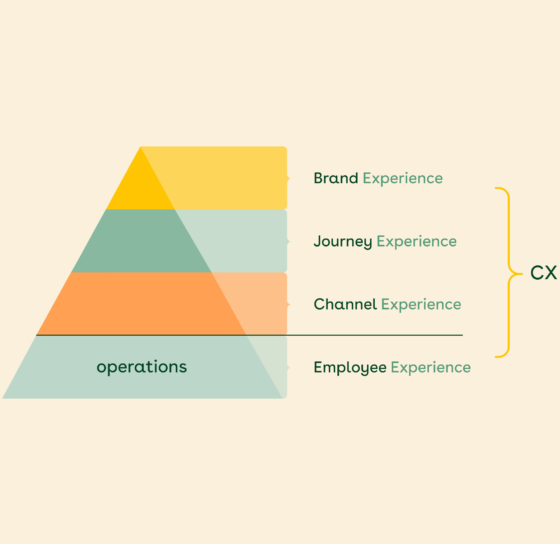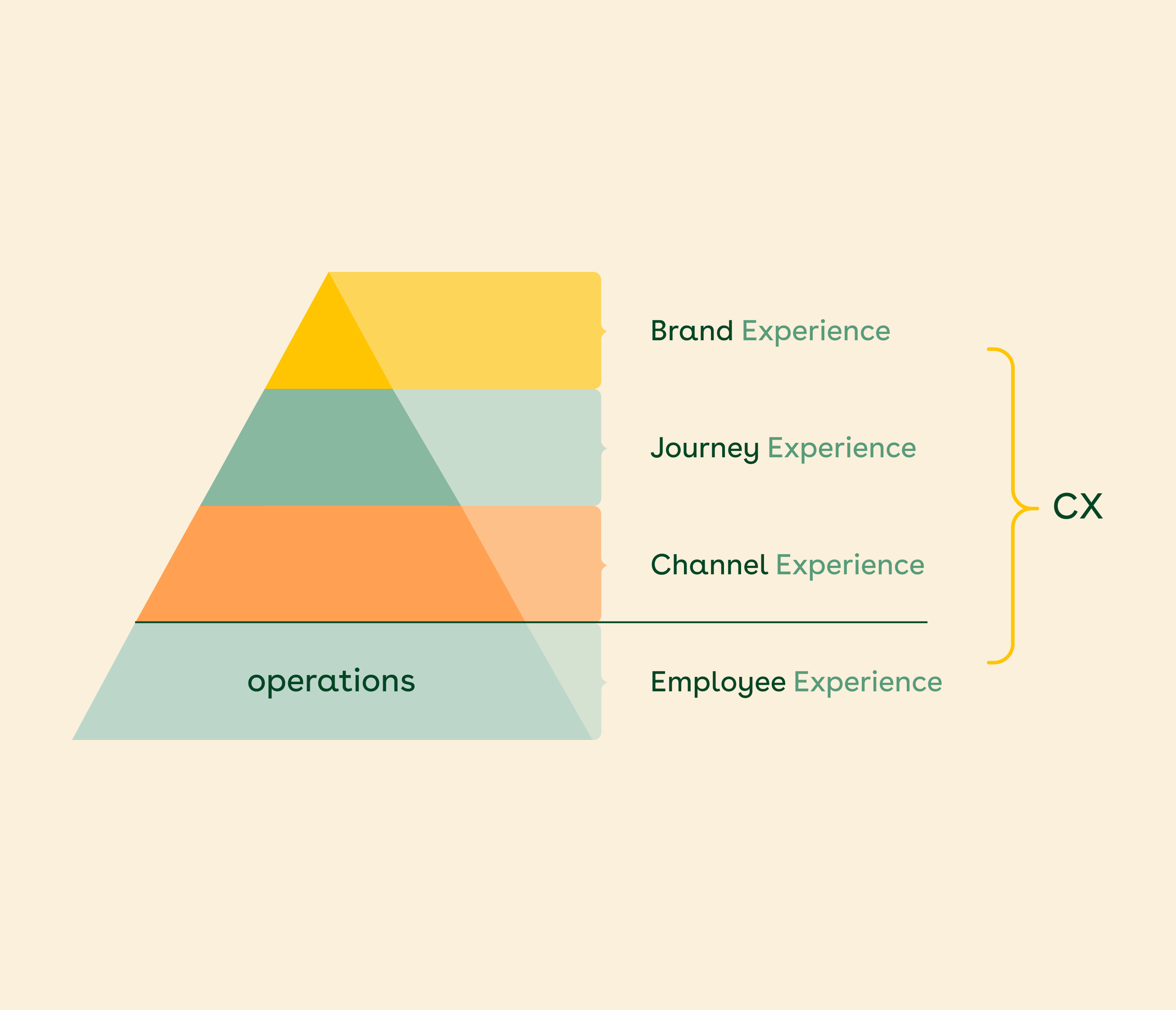In today’s competitive business landscape, delivering exceptional customer experience (CX) has become a crucial differentiator for companies. But how can you ensure you are meeting customer expectations and continuously improving your CX? The answer lies in effective CX measurement. By employing the right metrics and measurement techniques, you can gain valuable insights into your customers’ experiences and make data-driven decisions to enhance CX strategies.
understanding customer experience
At its core, customer experience refers to the sum of all interactions, emotions, and perceptions a customer has with a brand throughout their journey. It encompasses every touchpoint, from initial awareness and purchase to ongoing support and loyalty. A positive CX drives customer satisfaction, fosters loyalty, and ultimately leads to business growth.
measuring customer experience
Measuring customer experience is a strategic process that involves capturing and analyzing relevant data to assess the quality of interactions and identify areas for improvement. To effectively measure CX and the customer-brand relationship, you should employ a structured approach that includes defining metrics and customer-centric KPI’s, collecting data, and analyzing results.
Measuring customer experience is vital when you’re looking to thrive in today’s competitive landscape. It provides valuable insights into the effectiveness of your customer experience initiatives, allowing you to make data-driven decisions that positively impact your bottom line. By understanding how customers perceive your brand, identifying pain points, and gauging satisfaction levels, you gain a comprehensive view of the customer journey. This knowledge empowers you to proactively address issues, optimize touchpoints, and deliver personalized experiences that resonate with your target audience.
This not only helps you retain existing customers but also attracts new ones through positive word-of-mouth and brand advocacy. Moreover, it enables you to stay ahead of the curve by adapting to evolving customer expectations and preferences. Ultimately, investing in CX measurement fosters a customer-centric culture, drives continuous improvement, and positions your business for long-term success.
managing and measuring on 3 flight levels
Brand Level
Measuring CX at the brand level involves assessing customers’ overall perception, brand loyalty, and emotional connection. At this top you set the customer experience ambition for your organisation. What kind of organisational experience do you want? Do you want to be the most sustainable, the most personal, the most online? This says a lot about what you want to focus your customer experience on.
Service Level
Within an organisation there’s often multiple business units that are responsible for the end-to-end experience of a specific customer journey. These teams are looking specifically at their journeys and the desired experience for that specific service or product.
Channel Level
Underneath that it actually translates to the different channels that the business units and customers might be using. This level is about the quality of a specific product, transaction or interaction (e.g. ease of use) that is part of a customer journey. Here it’s also important to have a clear ambition of how you want to serve your customers.
Underneath these three layers is of course how you streamline your operations both to be efficient as possible but also to help your customers in a way that’s preferred by them.
defining clear responsibilities
Measuring and managing your customer experience is more than one activity, it is actually different layers and different levels of the organization. If you’re at the top level, at an executive level, you’re probably mostly concerned with your brand experience and want to measure that. How do people perceive your brand, are they loyal to our brand?
The people working at the service experience level however, are more concerned with measuring and monitoring the optimization of the journey for their service, so that people continue to use that product or proposition. Within the service there’s typically channel managers that are mostly concerned about the measuring the channel experience. How effective is our online channel, what’s the conversion rate there, how simple is it for customers to interact with it?
The power of this framework is that everyone in the organisation can see in which level they fit into. If you’re responsible for channel or service or the brand it’s also clear that you can see how you contribute to the customer experience, which will help employees engage with the different stakeholders in the organization and share who is responsible for driving which KPI’s.
which CX metrics should you use?
In the framework above, several metrics are presented to measure the (impact on) customer experience on the three levels. Below, we shortly present the most commonly used metrics for measuring customer experience.
Customer Satisfaction Score (CSAT)
This metric gauges customers’ satisfaction levels based on specific interactions or experiences. It is typically measured through post-interaction surveys, with customers rating their satisfaction on a scale.
Net Promoter Score (NPS)
NPS measures customer loyalty and likelihood to recommend a brand to others. It classifies customers as promoters, passives, or detractors, providing insights into overall brand advocacy.
Customer Effort Score (CES)
CES assesses the ease of the customer’s experience, particularly in relation to problem-solving or issue resolution. It measures the effort customers need to exert during their interactions with the company.
Customer Churn Rate
Churn rate tracks the percentage of customers who stop doing business with a company over a given period. A high churn rate indicates potential issues in the customer experience.
Customer Lifetime Value (CLV)
CLV estimates the total value a customer brings to the company over their lifetime. It helps organizations understand the long-term impact of customer experience on revenue.
conclusion
When it comes to measuring customer experience, there isn’t a set group of metrics or one-size-fits-all approach. The metrics you choose to measure should align with your specific business goals, industry, and the unique aspects of your customer journey. What matters most is selecting metrics that provide meaningful insights into the quality of your service and enable you to take effective actions to enhance the customer experience.
Measuring customer experience is not just about gathering data; it’s about uncovering valuable insights that drive meaningful change. By utilizing appropriate metrics, measuring CX on different levels, and using data-driven insights, you can enhance your customer experience strategies and create lasting connections with your customers. Interested how you can make this operational in your organisation? Feel free to reach out. We’re happy to help.









